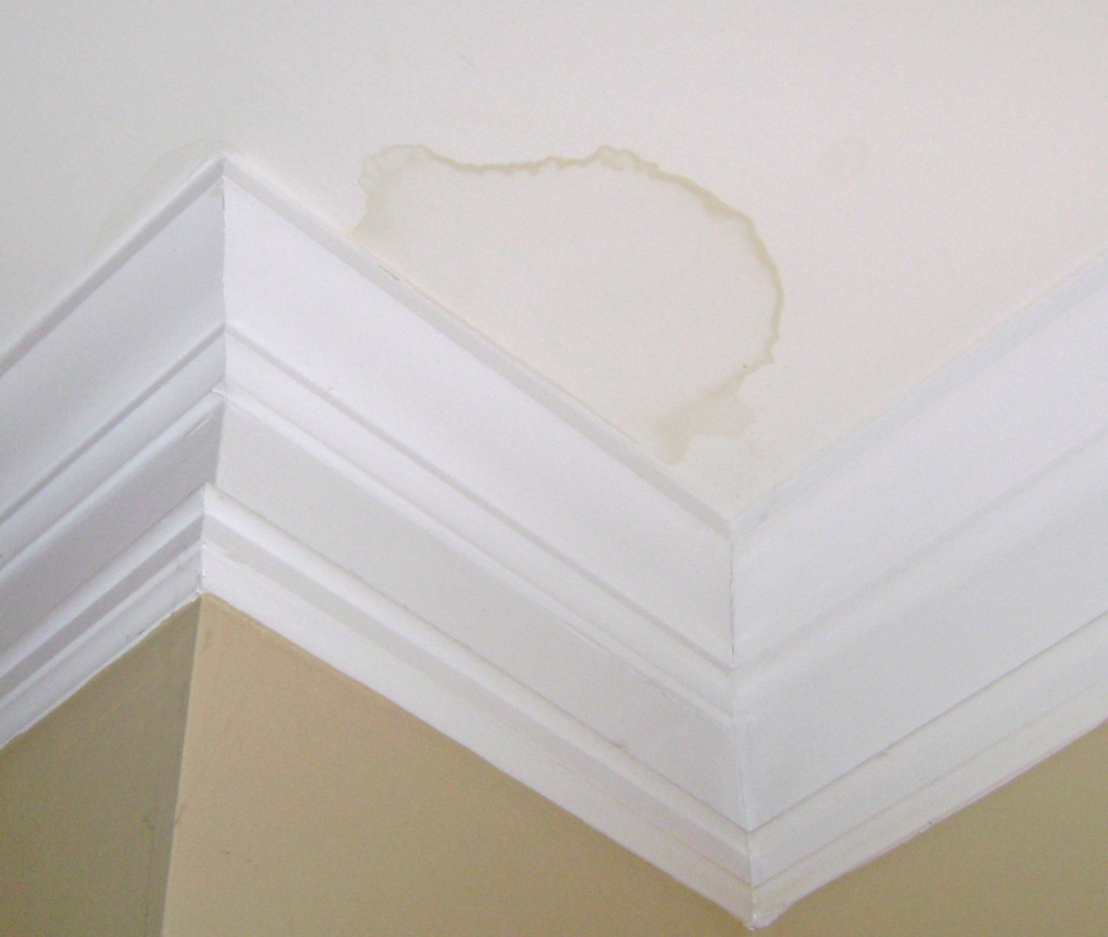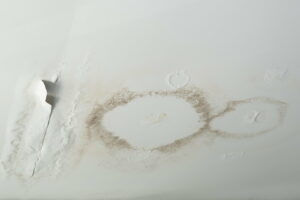What're your thoughts about How to Remove Water Stains from Walls and Ceilings?

Water discolorations on wall surfaces are not pleasurable to the eyes. In some cases it seems nearly inescapable to experience water spots on wall surfaces in houses.
Property owners living in humid areas regularly deal with the worry of water stains on wall surfaces. With precise and well-rounded details on the causes of water stains and also timely repair procedures, you will constantly be an action ahead of such events.
3 Typical Causes of Water Discolorations on Walls
Contrary to common belief, water stains on wall surfaces do not always stem from bad building products. There are several sources of water spots on walls. These consist of:
Poor Drainage
This will stop water from permeating into the walls. This web links to excessive moisture that you notice on the wall surfaces of your structure.
So, the leading reason for damp walls, in this situation, can be an inadequate drainage system. It can additionally be due to bad monitoring of sewage pipes that go through the structure.
Damp
When warm wet air meets with dry cold air, it triggers water beads to form on the walls of structures. When there is vapor from cooking or showers, this happens in cooking areas and also bathrooms. The water droplets can discolor the bordering walls in these parts of your residence and also spread to other areas.
Moist or condensation influences the roof covering and also walls of buildings. When the wall is wet, it creates an ideal setting for the development of fungi and microbes.
Pipe Leaks
Most homes have a network of water pipes within the wall surfaces. It always increases the practicality of such pipes, as there is little oxygen within the wall surfaces.
A drawback to this is that water leakage affects the walls of the structure and also triggers extensive damage. A telltale sign of faulty pipelines is the look of a water discolor on the wall.
Water Discolorations on Wall Surface: Repair Service Tips
When dealing with water spots, homeowners would usually desire a quick fix. They would quickly understand this is detrimental as the water stains reoccur. Below are a couple of useful pointers that will certainly guide you in the fixing of water spots on wall surfaces:
Pro Pointer
A houseplant in your home also boosts its humidity. So, if your house is already moist, you may intend to introduce houseplants with marginal transpiration. An example of appropriate houseplants is succulents.
Conclusion
Although nobody intends to have water stains on walls in their house, it can take place to the best people. This post gives you utilize, as you now understand just how to handle this accident if it does happen.
It is constantly best to recruit expert solutions to aid fix the damages in your house.
Occasionally it seems practically inescapable to experience water discolorations on walls in homes.
Contrary to prominent idea, water discolorations on walls do not always stem from bad structure products. There are numerous causes of water stains on walls. The water droplets can discolor the bordering wall surfaces in these components of your home and spread to other areas.
Right here are a couple of handy tips that will direct you in the repair work of water spots on wall surfaces:
How to Remove Water Stains From Your Walls Without Repainting
The easy way to get water stains off walls
Water stains aren’t going to appear on tile; they need a more absorbent surface, which is why they show up on bare walls. Since your walls are probably painted, this presents a problem: How can you wash a wall without damaging it and risk needing to repait the entire room?
According to Igloo Surfaces, you should start gently and only increase the intensity of your cleaning methods if basic remedies don’t get the job done. Start with a simple solution of dish soap and warm water, at a ratio of about one to two. Use a cloth dipped in the mixture to apply the soapy water to your stain. Gently rub it in from the top down, then rinse with plain water and dry thoroughly with a hair dryer on a cool setting.
If that doesn’t work, fill a spray bottle with a mixture of vinegar, lemon juice, and baking soda. Shake it up and spray it on the stain. Leave it for about an hour, then use a damp cloth to rub it away. You may have to repeat this process a few times to get the stain all the way out, so do this when you have time for multiple hour-long soaking intervals.
How to get water stains out of wood
Maybe you have wood paneling or cabinets that are looking grody from water stains too, whether in your kitchen or bathroom. Per Better Homes and Gardens, you have a few options for removing water marks on your wooden surfaces.
You can let mayonnaise sit on your stain overnight, then wipe it away in the morning and polish your wood afterward. You can also mix equal parts vinegar and olive oil and apply to the stain with a cloth, wiping in the direction of the grain until the stain disappears. Afterward, wipe the surface down with a clean, dry cloth. Try placing an iron on a low heat setting over a cloth on top of the stain. Press it down for a few seconds and remove it to see if the stain is letting up, then try again until you’re satisfied. (Be advised that this works best for still-damp stains.) https://lifehacker.com/how-to-remove-water-stains-from-your-walls-without-repa-1849742925

Do you like reading about How to Remove Water Stains from Walls and Ceilings? Create feedback below. We'd be delighted to find out your reactions about this blog posting. In hopes that you come back again later on. Liked our blog entry? Please share it. Help somebody else discover it. We enjoy reading our article about How to Remove Water Stains from Walls and Ceilings.
Book Now